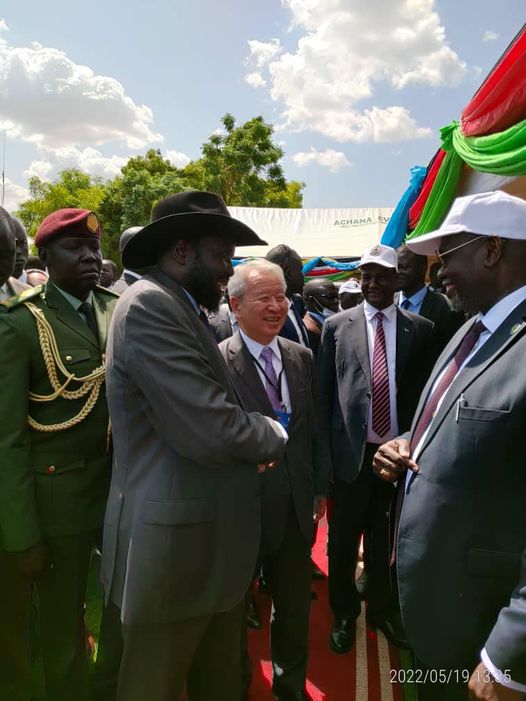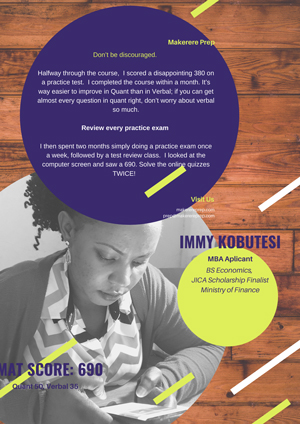RICHARD SULTAN
Clad in a wrinkled white shirt and a black pair of denim jean trousers faded at the knees, his leather boot soles diminished by wear and tear, Tombe Daniel, 61, walks lazily to a liquor shop hours before Juba’s Freedom Bridge is set to open.
At the liquor shop, he signals his order, pointing to an empty 200ml bottle of a locally bottled gin. Tasfem, the Eritrean shopkeeper, serves him quickly as he would a neighborhood chief.
Gulping the liquor within two minutes, Tombe parts his lips to speak. “How much money do you have or have you so far saved? Answer one.”
Without giving Tasfem room to respond, Tombe continues:
“Lologo will now become a town because of the Freedom Bridge. Poor people like you will not be allowed to sell here. As for me, I have four plots around here because it’s my ancestral land. I will lease out two to Somali tycoons, use the money to build on one, and keep one for my drunken boys.
“So, you see, I am already a rich man, not a poor Jena Far (a local expression referring to the gin he just consumed) investor like you.”
Tasfem bursts into a chuckle. Tombe chuckles back, turning to lazily walk towards the bridge, murmuring a remix of a local song that implies God’s grace was finally on him.
The two-lane Freedom Bridge with a dual sidewalk, more than a half-kilometer long, built by Japan International Cooperation Agency (JICA) and opened May 19 by President Kiir and the African Union Envoy for Infrastructure, Raila Odinga is expected to enhance economic growth and regional integration and consolidate peace through a safe and efficient road network.
“The bridge will contribute to the social and economic development in Juba and the stable supply of humanitarian assistance to the Internally Displaced Persons and conflict-affected people living in the rural areas,” said JICA President Tanaka Akiyiko echoed the same sentiments.
The bridge is Juba’s gateway to East Africa through Nimule or Nadapal and to the Ethiopian border towns with Southern Sudan.
“With this bridge, south Sudanese businessmen would easily access the port of Mombasa or Lamu just as the Kenyan and Ugandan traders want to easily access Juba,” said Raila Odinga, also a contender in Kenya’s 2022 elections. “We are talking about building a pipeline from South Sudan and connecting it with the Kenyan oil in Turkana and taking it to the port of Lamu for export to the rest of the world.”
Abdifattah Ahmed, a Somali Kenyan businessman, told Time of his plans after the bridge’s opening.
“As someone who deals in the transport business, I will definitely have to find land closer to the bridge to invest in,” Ahmed said. “But, above all, for my upcountry clients in Rumbek and Wau, there will be a (reduction in time to reach them because) my trucks won’t delay in Gumbo,” Ahmed said.
Through investors, such as Ahmed, landowners like Tombe see poverty as a thing of the past.
And the cerebration has begun. After the event, Tombe and some elders were still seen talking about the ‘black gold square (as some now refer to their plots of land) as they returned to Tasfem’s liquor shop.
Indeed, President Salva Kiir summed up the mood of the people with endless thanks to the Japanese people and a warning to the country’s enemies, declaring, “Go hang yourself”
“I know some of you do not want to see this country grow, but we will always prove Thomas’s doubting wrong,” said President Kiir.
First Vice President Riek Machar spoke of the need for alternative transport systems.
“We have teething infrastructural challenges as a country. Our goods in Juba are costly because of transport costs and the damages that come with transporting them from other places to the capital. We are also aware that Mombasa Port is congested, making Lamu Port ideal for the expanded business volume,” said Machar.
The Japanese government funded the Freedom Bridge for $91million.
Plans and construction started at independence, but the bridge has taken nearly a decade to complete, reflecting South Sudan’s troubled post-independence history as the construction had to be delayed several times after the outbreak of war in 2013 and the resumption of war in 2016.




